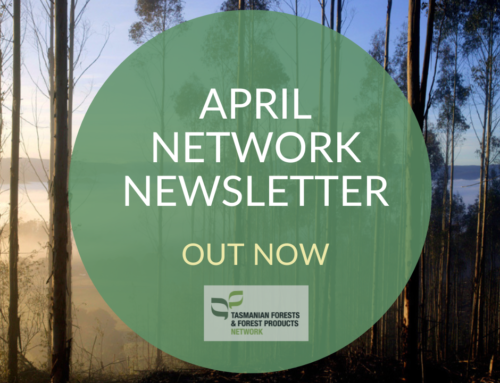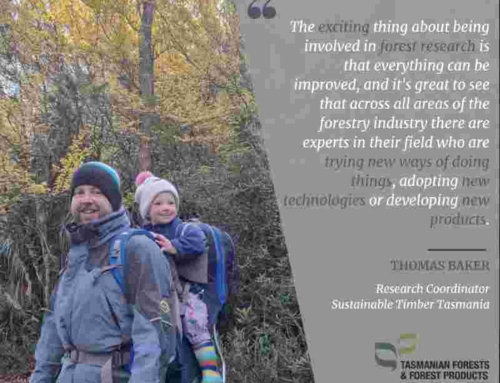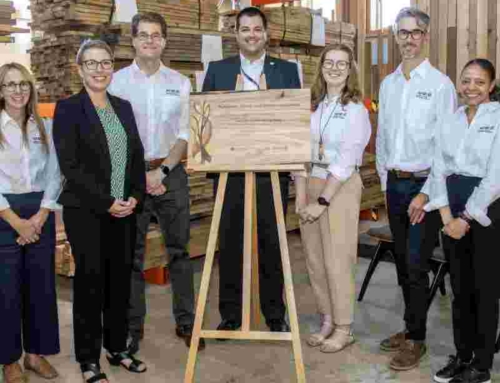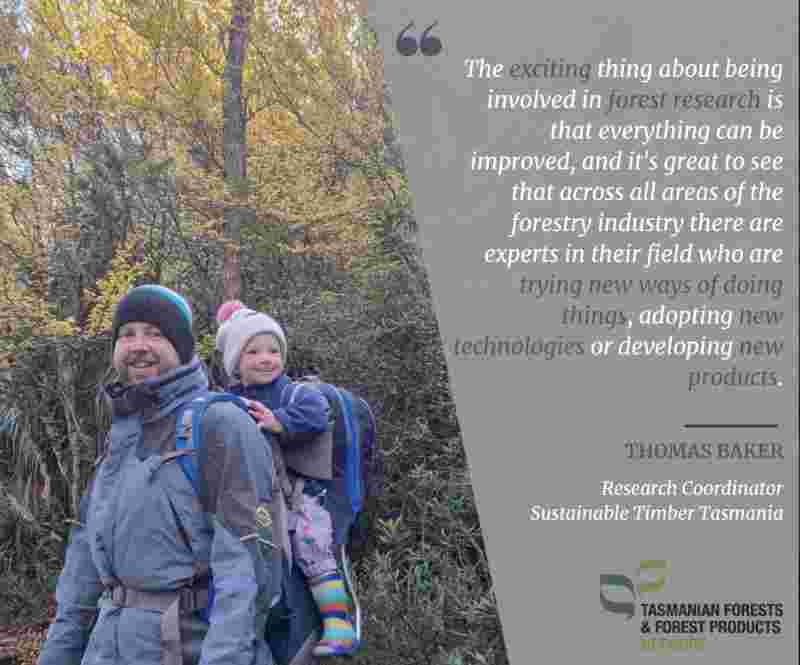Trees are the Ultimate Renewable (Opinion piece from Private Forests Tasmania CEO)
By 2050 the human population is forecast to expand from 7.5 to 9.6 billion people. We will require 70% more food (United Nations), 50% more fuel (International Energy Agency), and 50% more water (Organization for Economic Co-operation and Development). We also need to reduce CO2 emissions by over 80% (Intergovernmental Panel on Climate Change). All of these will have to be achieved to ensure economic, social, political, climate, food, water and fuel security (Institute for Molecular Bioscience 2019). There’s no silver bullet, but there is one thing that can deliver increased primary production productivity while simultaneously delivering biofuel, improving water quality and efficiency, and improving the carbon balance – Trees. Trees are the ultimate renewable. Penny Wells, Chief Executive Officer of Private Forests Tasmania, explains.
“It is widely understood that growing trees is good for the planet and deforestation is bad. But what is not well understood is just how powerful strategically growing, harvesting and then replanting trees in a primary production landscape can be,” says Ms Wells.
Private Forests Tasmania is a statutory authority tasked with facilitating the expansion and development of the private forest resource in Tasmania.
“Planting trees on farms with the intention of harvesting and replanting is a win-win for the environment, society and landowners.”
Trees can increase farm productivity
Trees on farms can modify the local microclimate providing benefits to crops and livestock that are grown or raised alongside trees.
“Total productivity of farm systems that include trees is usually higher than in monoculture systems. Field trials across a range of climate and soil regimes around the world have documented these benefits, including case studies conducted by Private Forests Tasmania, UTAS and the CSIRO in Tasmania,” says Ms Wells.
Trees provide wind reduction and shade. This results in less damage to leaves on crops and less water evaporation, which increases plant growth. Trees also provide shelter for livestock which improves conditioning and reduces mortality in bad weather. Tree strips have also been found to improve palatability of pasture grasses.
Tasmanian case studies have found that farm systems that included trees were more productive and profitable than agriculture only enterprises with internal rates of return typically around 8%.
“The shelter values of trees in the Tasmanian case studies exceeded the value of the timber by 2-3-fold,” says Ms Wells.
“At Epping Forest there was a 300% increase in Lucerne hay yield which increased income by $1133 across the sheltered 7.7ha paddock.
“At Cressy the sheltered half of the paddock had 30% more biomass than the unsheltered half.
“In York Plains, Carrick, Cressy and Jericho shelter for livestock provided by tree shelterbelts increased lambing and fattening significantly.”
Trees improve water use efficiency and water quality
When trees are strategically planted alongside other crops, they provide a buffer from evaporation, which improves water efficiency.
“In the Tasmanian midlands, the potential water evaporation reduction over one year for a 25-hectare paddock was 20-35 megalitres.”
Trees also improve water quality.
“The research conducted by Private Forests Tasmania and the CSIRO has shown that planting trees around streams improves water quality,” says Ms Wells.
“In the Cygnet area the CSIRO found that trees planted around streams decreased major turbidity.”
Trees improve the carbon balance
In addition to the productivity benefits, planting commercially viable trees can improve the carbon balance.
There are two ways to address rising atmospheric CO2: reducing emissions and absorbing CO2. Trees and wood products can do both.
“When trees grow, they actively absorb CO2 from the atmosphere and store carbon as wood,” explains Ms Wells.
“When wood from sustainably managed native forests or plantations is used in place of carbon intensive products (eg plastics made from fossil fuels) that return more CO2 to the atmosphere over their lifecycle, there are also carbon emission reduction benefits.
“Trees have the added benefit of being renewable, so can be replanted, and replace other non-renewable materials.”
In recognition of these benefits, Tasmania was the first state to launch a Wood Encouragement Policy, which ensures that sustainably sourced wood is fully considered, where feasible, in Tasmanian Government procurement, particularly for new buildings and refurbishment projects.
The carbon benefits of harvesting and replanting trees are further enhanced by using the residues for biofuel.
Trees provide a source of biofuel
The Intergovernmental Panel on Climate Change advocates for the use of tree residues as bioenergy feedstock.
“Utilising tree residues for bioenergy can displace the use of fossil fuels such as coal, LPG and LNG,” says Ms Wells.
Some wood residues are already being used in Tasmania to produce bioenergy, including creating products like wood-pellets.
“Tasmania now has domestic wood processors who are producing pellets for the domestic heating market. Tasmanian hardwood pellet products are currently being produced and sold into the Tasmanian and national marketplace where they replace energy generated from non-renewable fossil fuels in both the domestic, commercial and industrial setting.”
Wood fuelled boilers can also offset the need for gas fired boilers used in flash heating and sterilisation processes in industrial settings, which also has a positive impact on the carbon balance.
“Large energy providers in Asia are retrofitting their coal-fired power plants with infrastructure to utilise wood pellet feed stock which will have a significant and positive impact internationally.”
A sustainable future
Not only do trees help deliver more food, fuel, water and a better carbon balance, helping us to achieve the United Nations Sustainable Development Goals, renewable wood fibre is also replacing other materials, like metals, plastics and toxic chemicals made from non-renewable resources.
In Tasmania we are seeing projects to develop new industrial ‘green’ chemicals, such as solvents made from renewable product created from wood biomass. Solvents such as Cyrene are highly sought after by international customers who are in need of non-toxic ‘green’ chemicals.
“It’s little wonder there is a global shortage of wood,” says Ms Wells. “Private Forests Tasmania is working with Tasmanian private landowners to plant more trees, grow more wood and help reap the benefits.”
Media contact:
Penny Wells
CEO Private Forests Tasmania
0400 136 390

